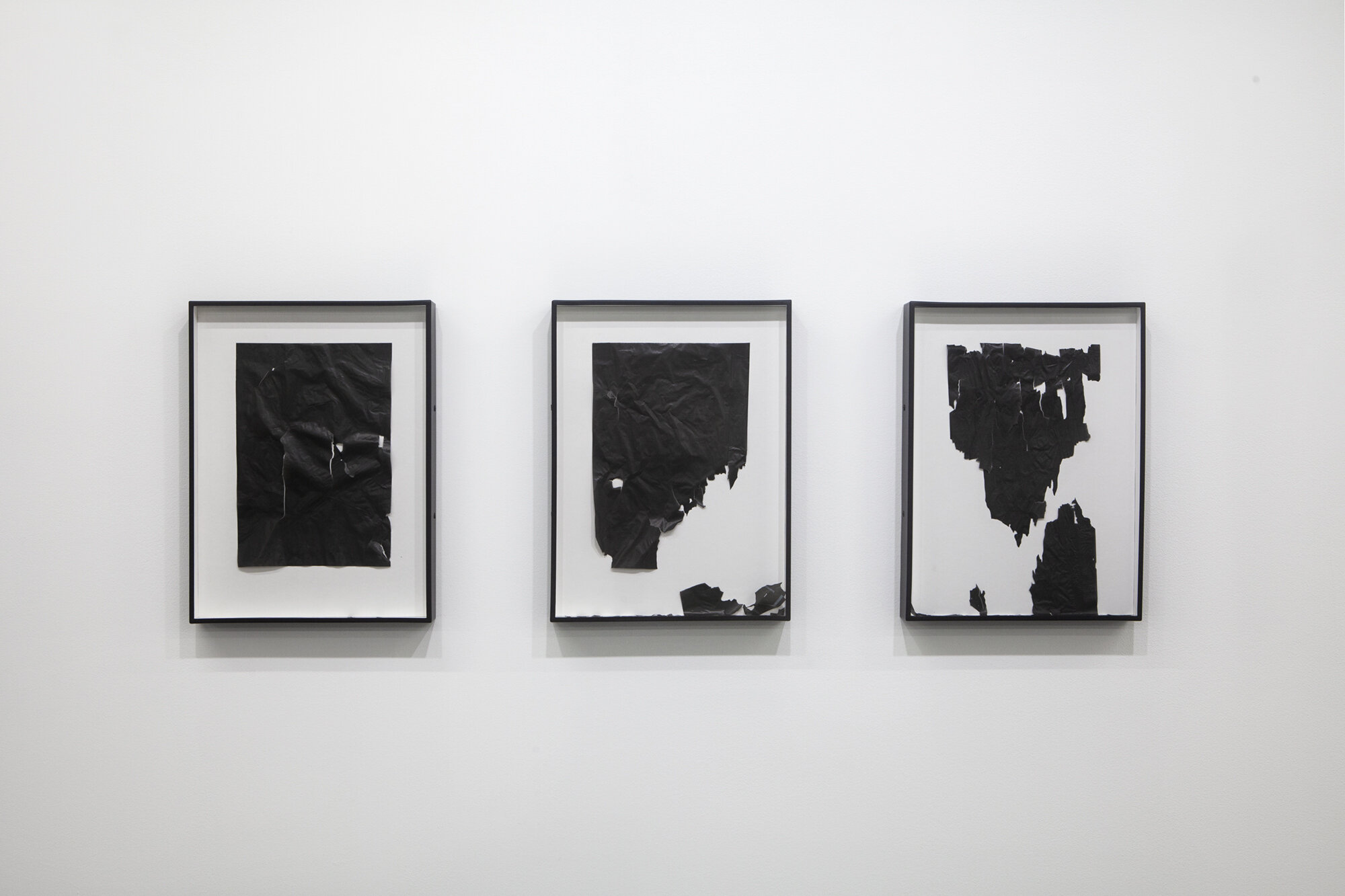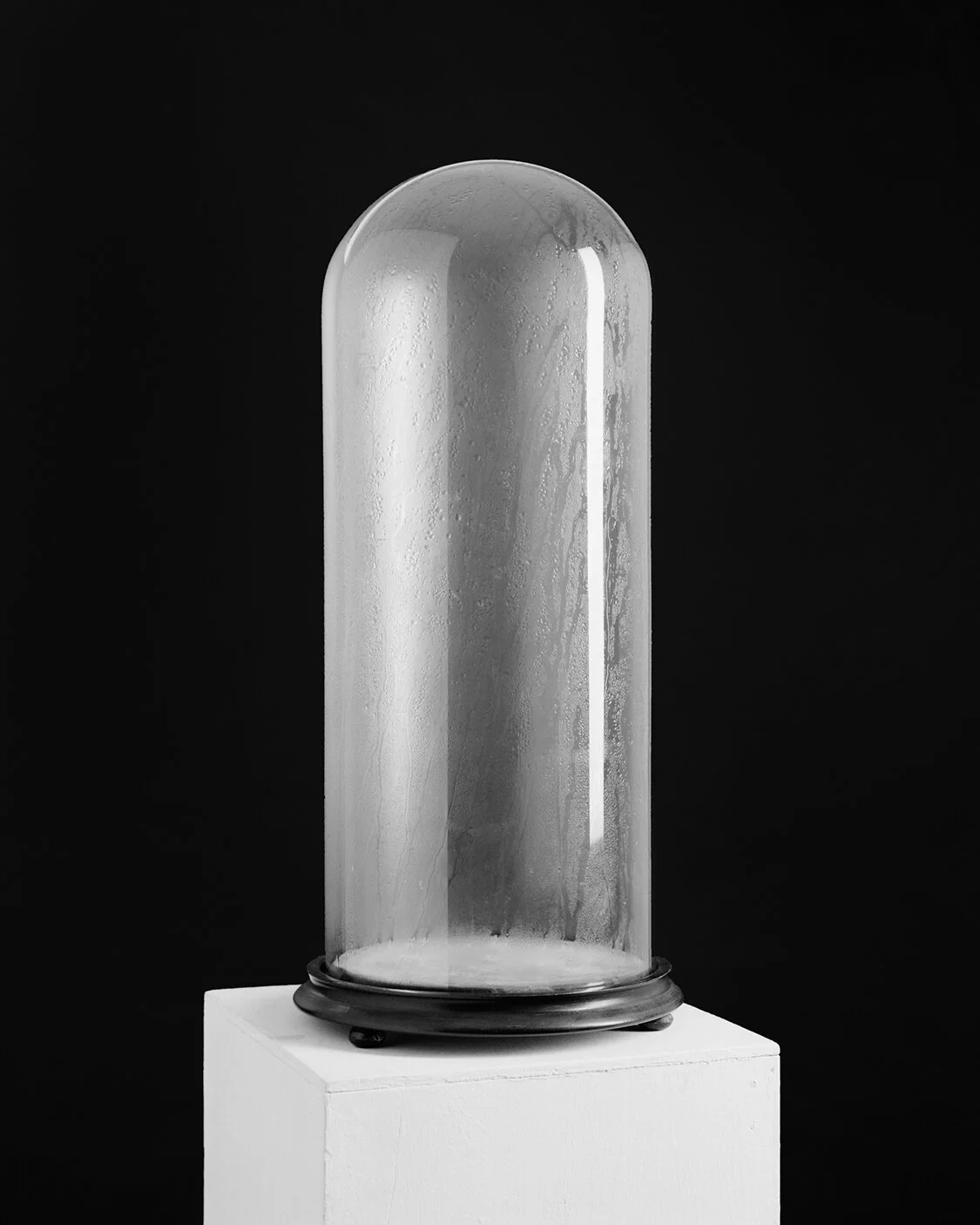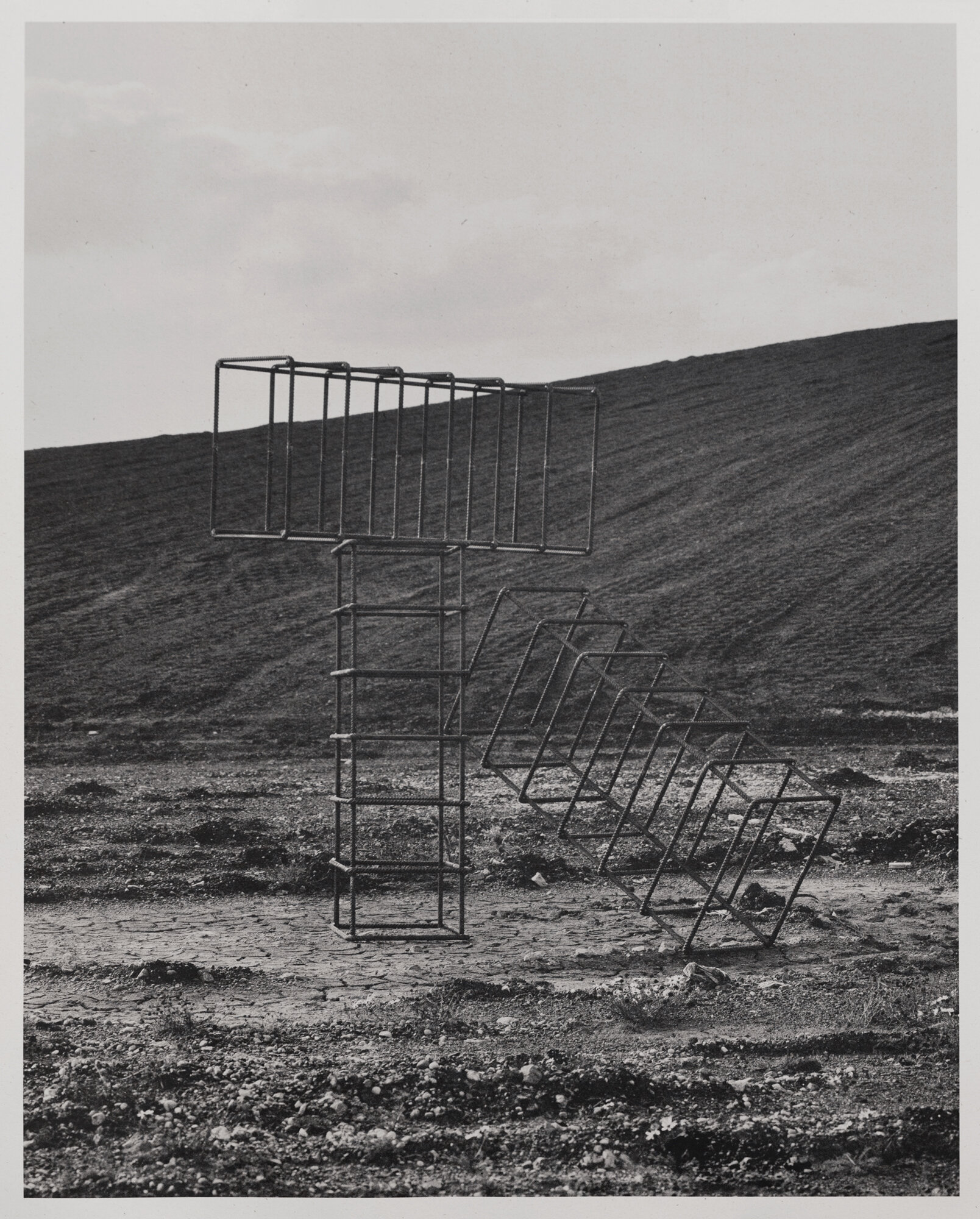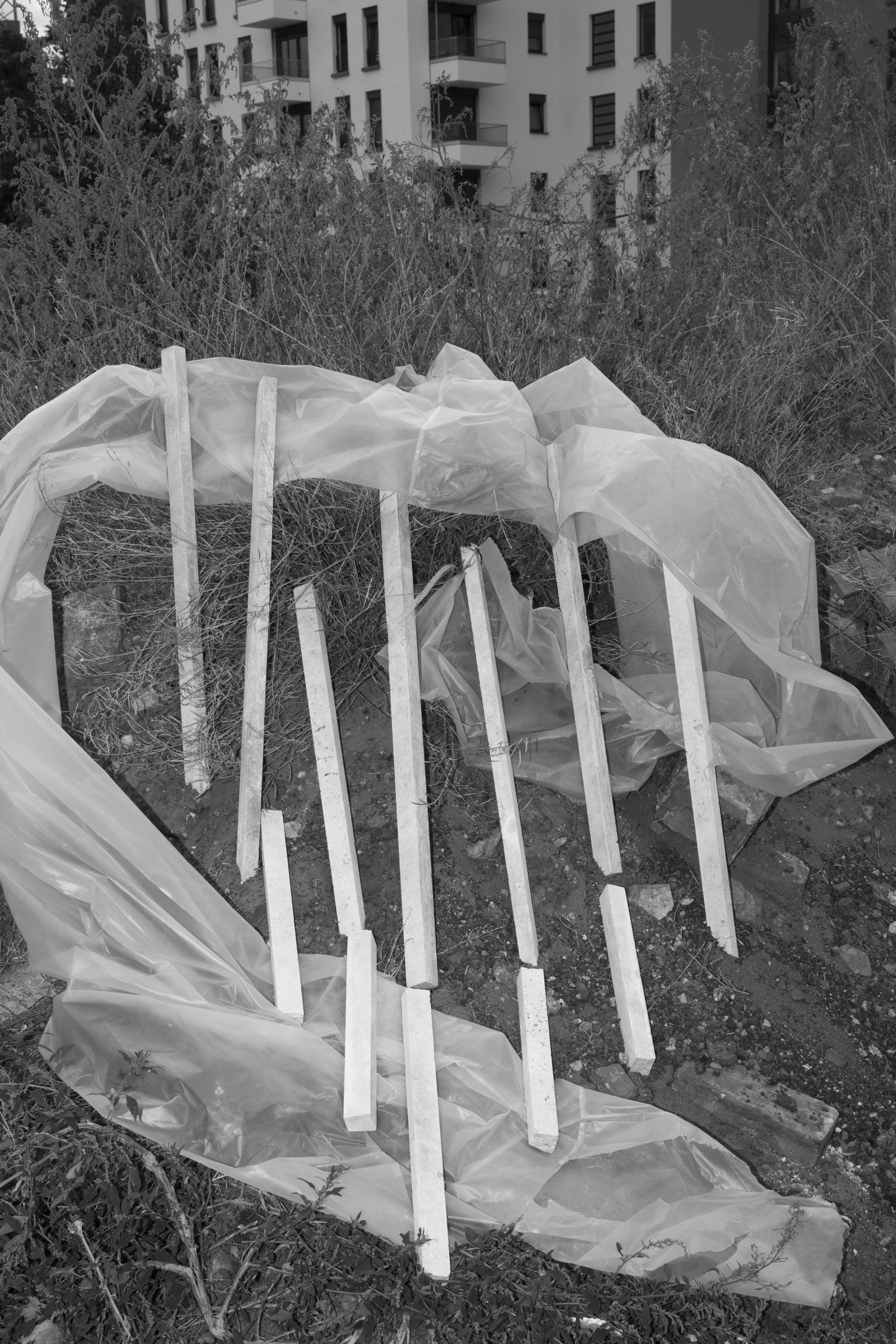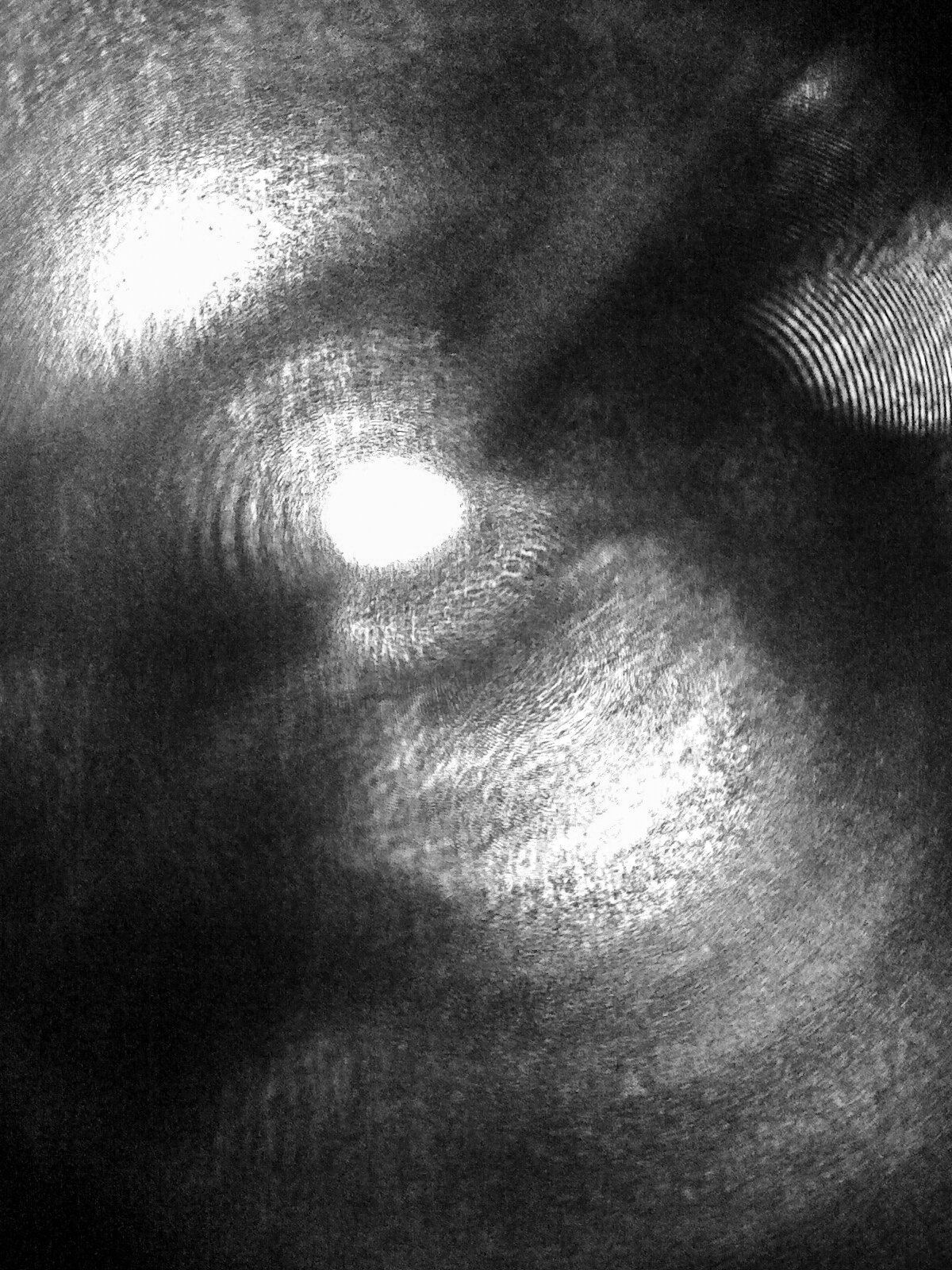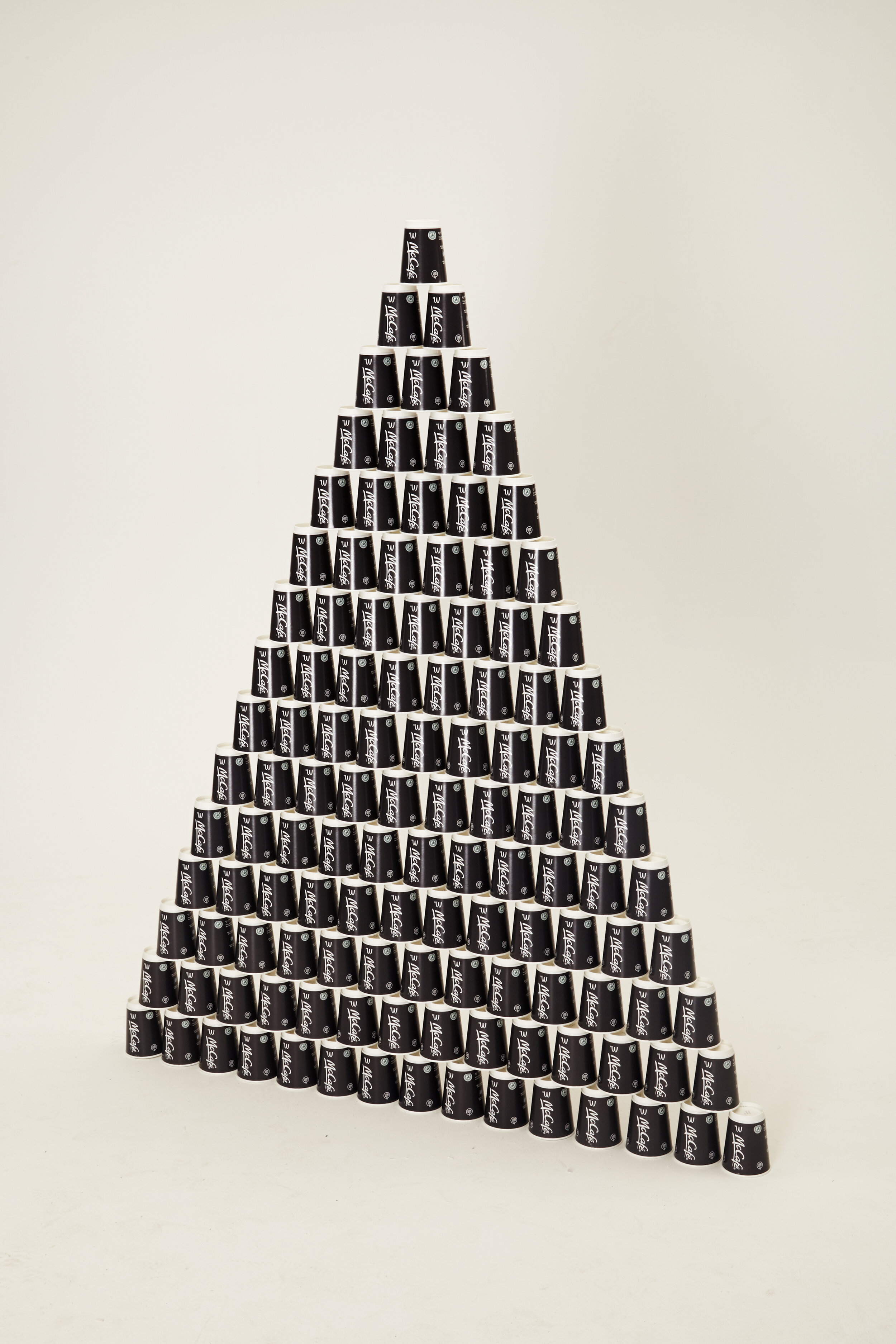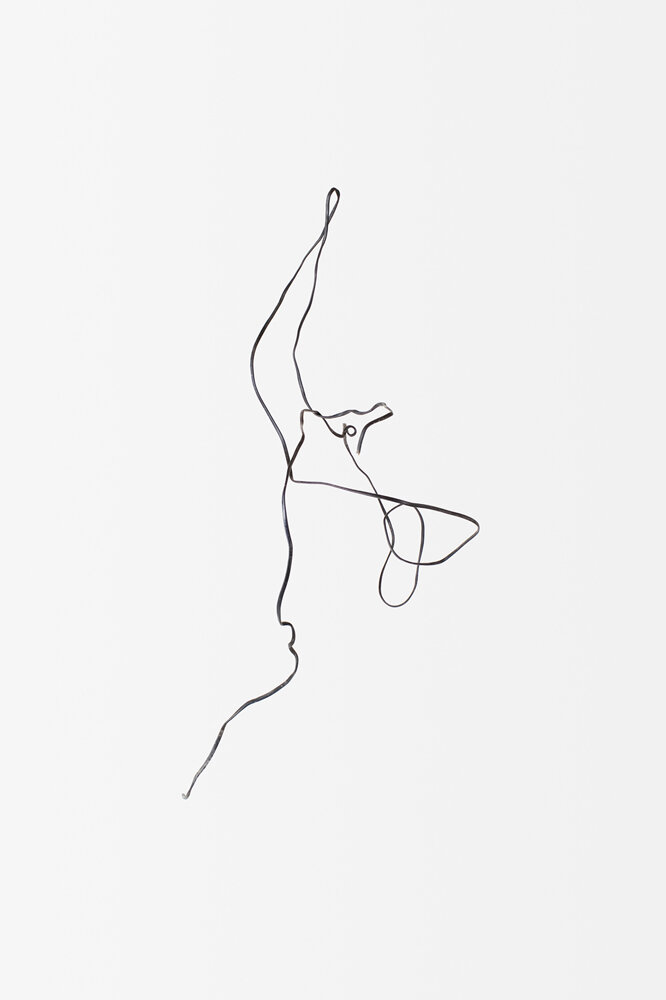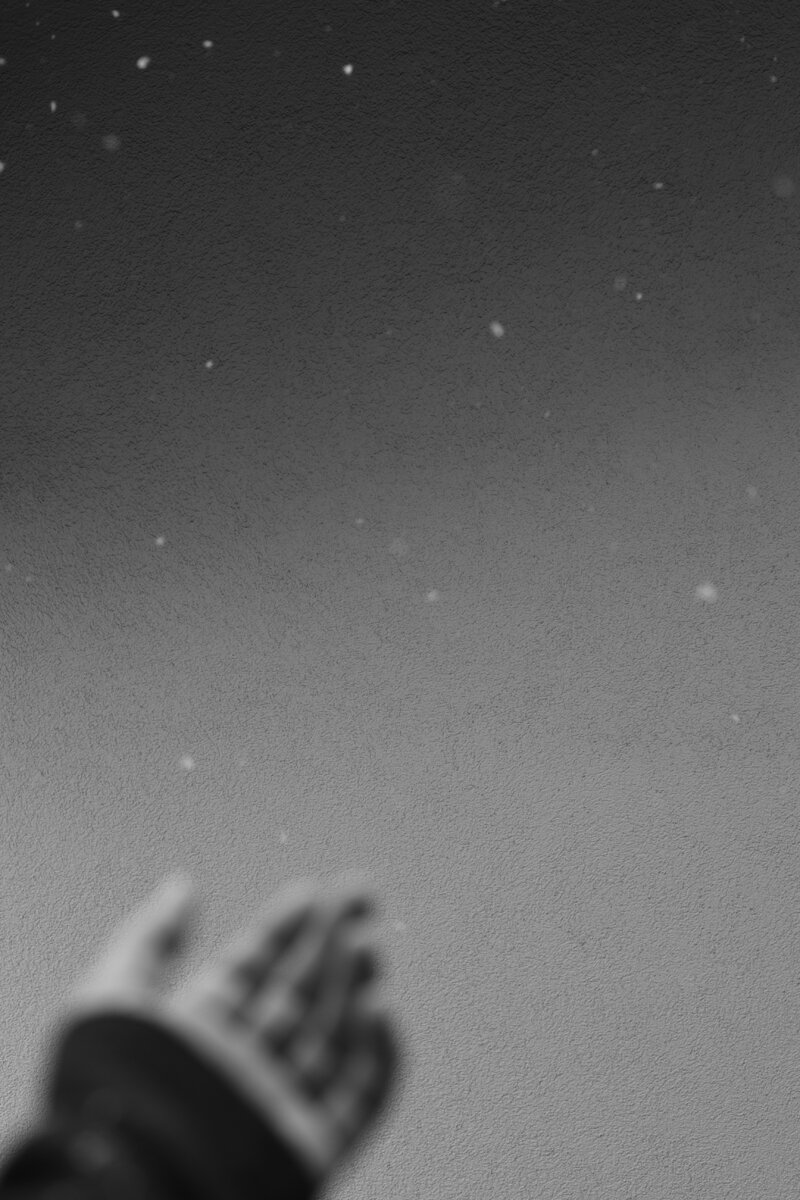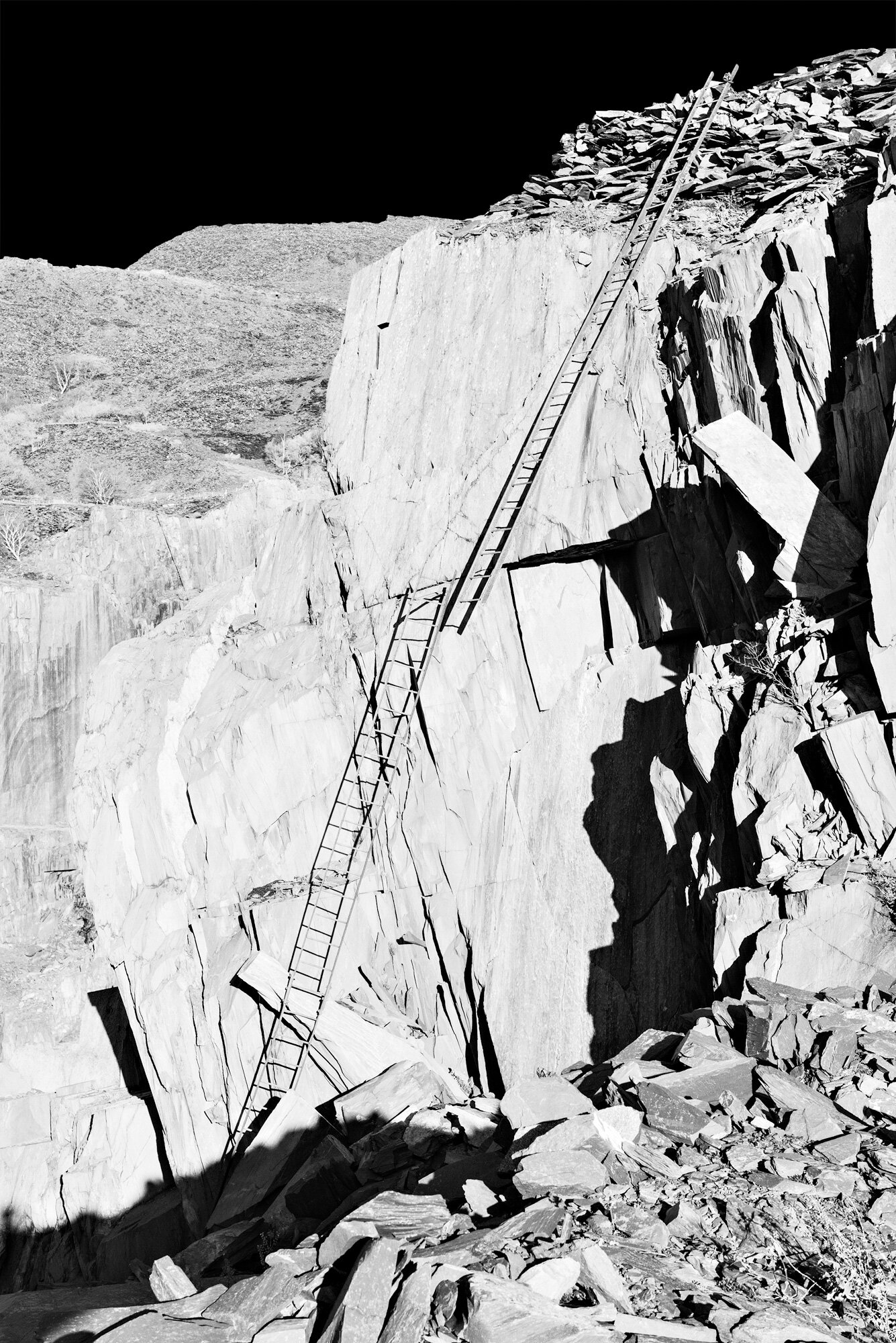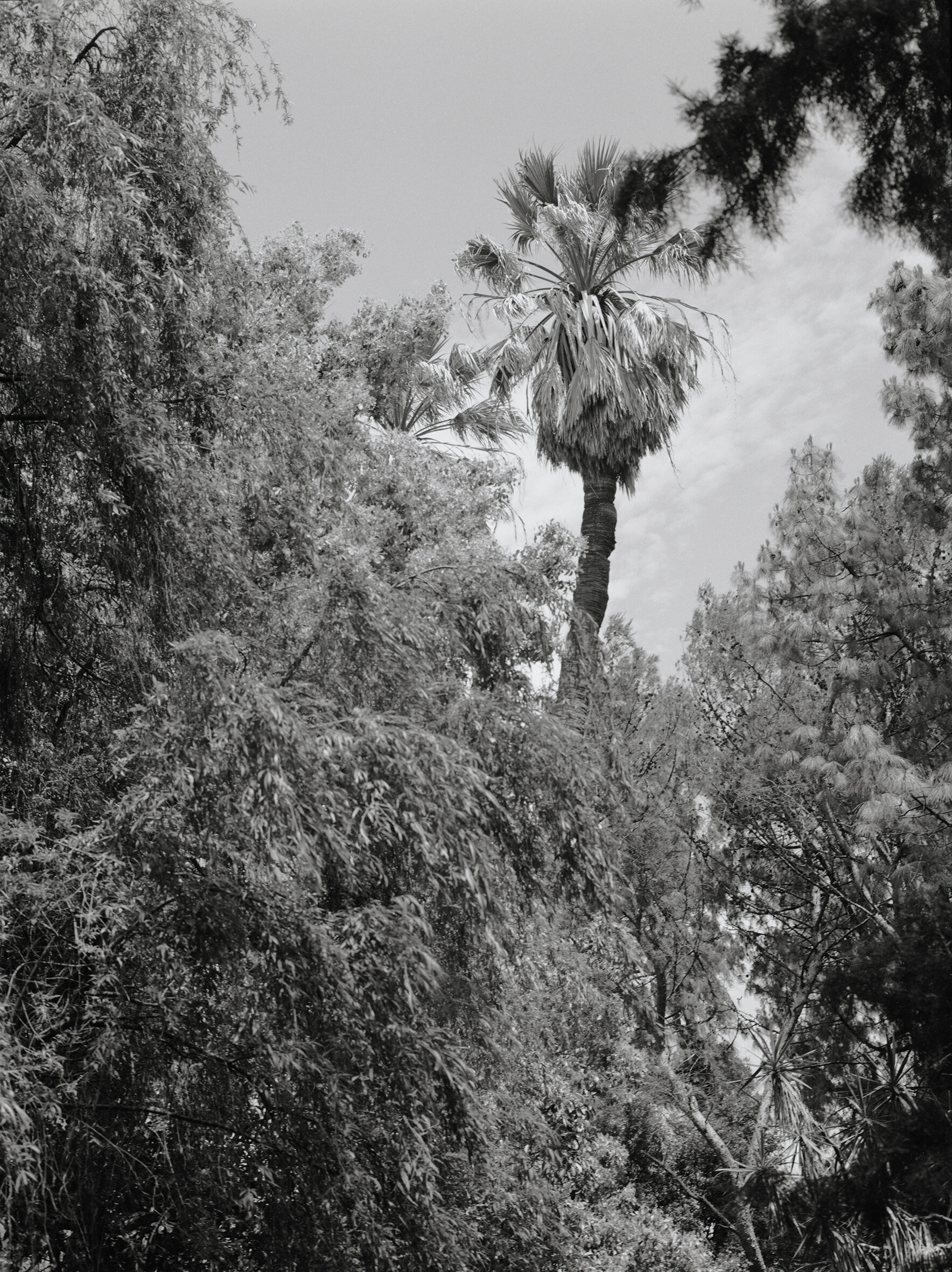Camille Boyer & Jack Johnstone #16
COLLECTIVE 16
CAMILLE BOYER & JACK JOHNSTONE
Collective focus on the artistic process of one emerging artist; we learn about their sculptural practice and how it relates to construction, deconstruction, or both. Questions by Joanna Cresswell.
Tell us about your process. What reference or influence do you take from other mediums? What are the important elements of what you do? Jack: With regards to other artistic mediums, as a photographer in truth I mainly take influence within my own field. I do however think I take a lot of influence in my surrounding environments. This can be beautiful natural areas and different natural light, or much more mundane graphic man-made things which I encounter. Camille: I like to get inspired my immediate environment, sometimes it starts from an object, a colour or a building that I saw. I also of course take a lot of inspiration from other projects that are being made in photography, films or visual art. I would say that my starting point is often a general interest or something that I am curious to explore and experiment with.
Are these pictures concerned with exploring formal and aesthetical interests, or are they representational, metaphorical? What is the weight that holds these pictures together? Jack: For me these are largely a study of subtle colour and different texture. There is however a nod towards how nature and and the man made world combine. Camille: In “Concrete Nature” Jack and I were really interested in exploring minimalism and the effectiveness of simplicity. By using raw materials such as natural elements and building supplies, we returned to what we think is at the core of still life photography, a research of colours, textures and compositions.
Are you a photographer or an artist using photography? Jack: I think I am definitely a photographer. Camille: I come from a visual art background where I would express ideas and concepts through painting and sculpture. Photography naturally became my favorite medium as it would help me explore compositions, colours, themes with prop making and crafts. It became a playground in which I could produce images that were not bound by technical limitations that I would usually face with painting. So yes, I would say that I am more an artist using photography.
Does your work reflect on the medium of photography or the photographic image? Jack: I’m not sure that this is something I have considered. As I am relatively ‘new’ I guess in my field, I’m simply trying to express myself through using photography. I am trying to find a way of doing this that is quite consistent (on the most part) and which is hopefully aesthetically pleasing to myself. Camille: Although I appreciate photography as an art form, I would say that in my practice, I consider it more as a tool than anything else.
Typically, are your works more about construction or deconstruction? Jack: I mainly shoot fashion, which I try to leave unconstructed to a certain extent. However, in reality I think all my work is constructed and my studio fashion stuff absolutely is. I think I will always try and construct most of work to varying degrees. This story I think is 95% constructed - the only non-constructed elements are the natural pieces, the rocks, leaves etc. Camille: I think it’s all about construction since I usually connect concepts, materials, colours, all sorts of objects and tools to add them up and create an image. I don’t think that I’m the type of artist that deconstructs to reconstruct, I would see my practice more as an addition of things that take a new sense or purpose once they are associated together.
Are you interested in the notion of your pictures as objects? Do you think about how their physicality may endure as you are photographing them or is that an afterthought? Jack: Nearly all of my work is digital and it plays on mind a little that very often I don’t create tangible work you can hold. I’m determined to start printing more of my work as I progress and now that I have had some work in print it has been nice to see. I’d love my work to progress into more and more physical manifestations as time goes on. Camille: Although some of my work is intended for print, I am well aware that we live in a digital world where it is most likely to be seen online. I try to imagine all of my projects together on my website as a patchwork, and add projects that I think would work well with the other ones.
Often sculptural photographic works are concerned with elevating banal objects, situations or events to a status of ‘art’ – when does something become art for you? Jack: I had an interesting conversation about this with a friend recently. It’s a really tricky question but I think like most things in life, it’s just not black and white. It’s completely contextual to the person viewing it. I think there’s a case to be said that ‘true’ art is probably created purely for the enjoyment of the process and its outcome with no thought for potential eventual purpose or gain. However I’m not really sure if I fully agree with this - I think things that are made with definitive financial/career/whatever motives can still absolutely be ‘art’. I don’t think of myself as an artist. Camille: What is art? The million dollar question! I’ve been told in art school that you are considered an artist when you are recognized as one by your peers. I kind of agree with that and would say the same thing about art itself. I also think that art can totally be for a commercial purpose, like Alfonse Mucha for example, who would use his art and illustration skills for ads. Today, you can view his work for multiple alcohol brands in museums although these images were created for the sole purpose of selling a product.
www.jackrjohnstone.com
www.camilleboyer.net
Titles from top:
'Still Life' 1-6 from the series Concrete Nature










